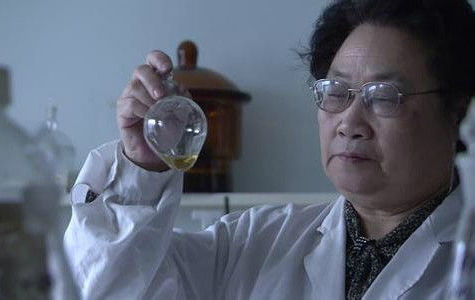
By Henry Hing Lee Chan
Reforms in Chinese Public Science Research and Development
Chinese Premier Li Keqiang announced in the opening of the annual National People’s Congress that China will significantly increase R&D in the Science & Technology (S&T) sector over the next 5 years. China’s new plan envisions that by 2020, research and development (R&D) investment will account for 2.5 percent of GDP from 2.05 percent in 2014. Initially, public spending on R&D will increase 9.1 percent this year to RMB 271 billion.
The premier promised to cut the red tape that hampers science spending in the public sector and hopes that innovation from basic science spending will help the country weather its economic slowdown.
The story of Tu Youyou highlights the problem of the current public R&D system in China. Even though she was awarded the Nobel Prize in Physiology in 2015, she failed to get China's own State Science & Technology award. Her story resonates with that of Yuan Longping who also did not receive the government’s S&T recognition until his election to the US National Academy of Sciences. Many in China feel that the S&T award lacks transparency and input from the science community, with the prize awarding process being full of bureaucracy, favoritism and cronyism.
The diffusion of state R&D in China to the real economy is poor. Anecdotal stories about the efficacy of translating state R&D research to real economic activity are often pegged at 10 percent by many Chinese observers. This is in comparison to US and Israel that has as much as 40 percent.
Hopefully, changes to public R&D management will come soon. Last year, China spent RMB 1.4 trillion in R&D with 77 percent of the spending coming from state owned enterprises (SOEs) and the private corporate sector. It is generally acknowledged that the corporate sector is much better at diffusing R&D results from the laboratory to market. The privately owned Huawei alone spent more than RMB 50 billion on R&D, exceeding the entire budget of the Chinese Academy of Sciences. Not surprisingly, Huawei is the most successful Chinese multinational corporation as well as the most recognized Chinese brand in the Global Interbrand 100, and is an acknowledged leader in the telecom industry worldwide. Of course, corporate R&D effort centres on applied research and it is not going to take over the basic science research function sponsored by the state.
However, a booming and productive corporate R&D sector will create pressure on the state R&D sector to reform. The demonstration effect will not only generate public pressure to force the state sector to change, it will also siphon out the research talent of the public sector. If the public sector R&D will not reform, it will simply lose all promising talent and slowly bleed to death.
The open call of Pan Jianwei, a quantum physicist and delegate to the NPC, to set up a US DARPA style research institution, is a welcoming sign that reforms in public R&D administration could be forthcoming. Such public calls for military research reform had been inconceivable before.





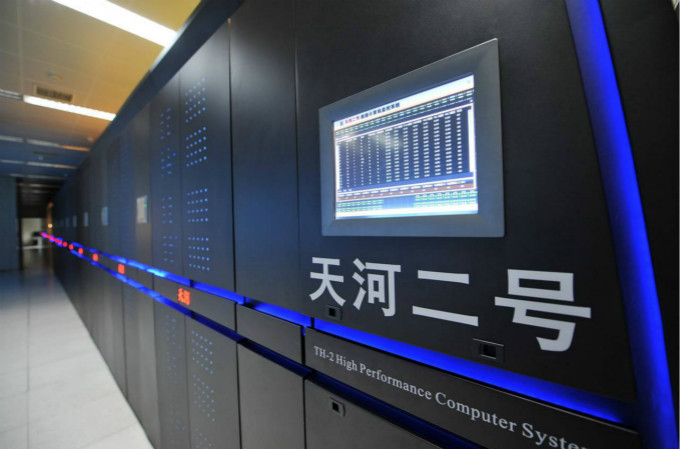
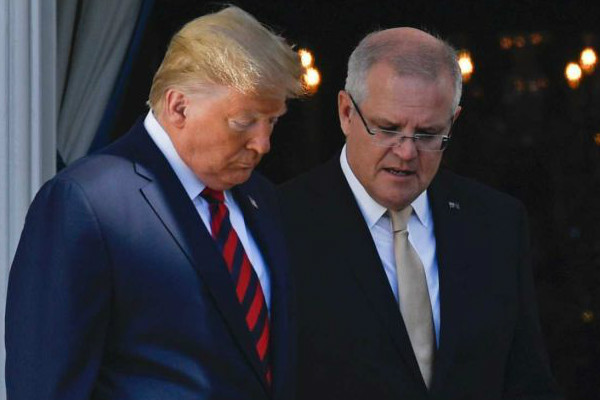

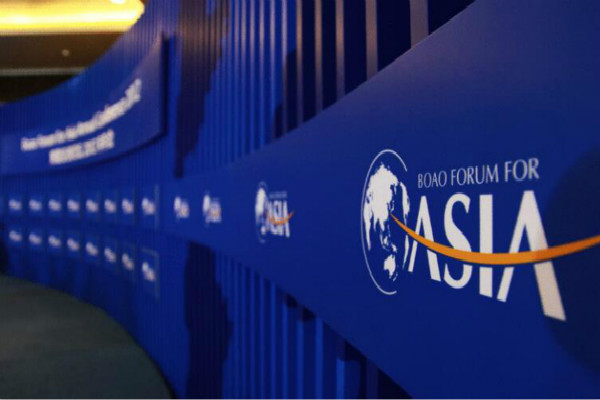







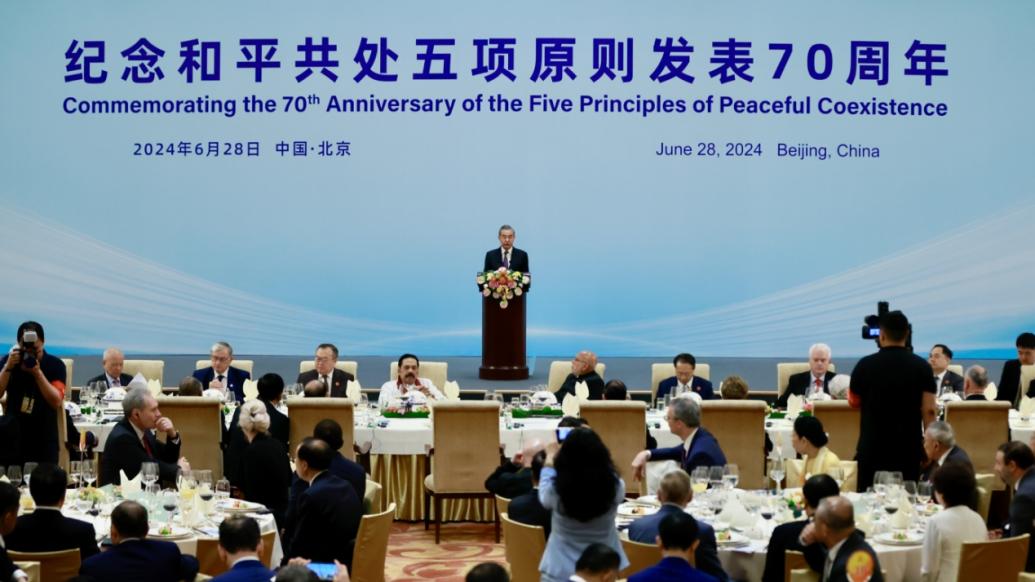

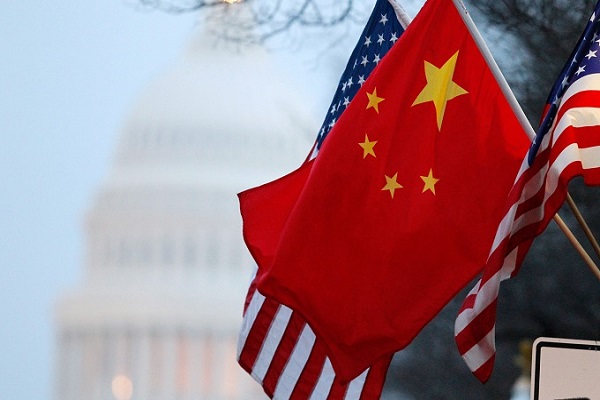


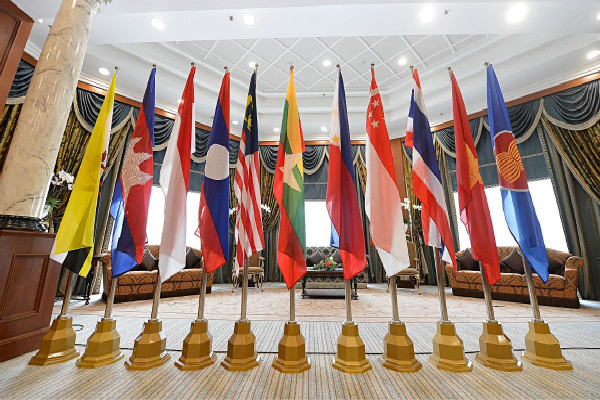
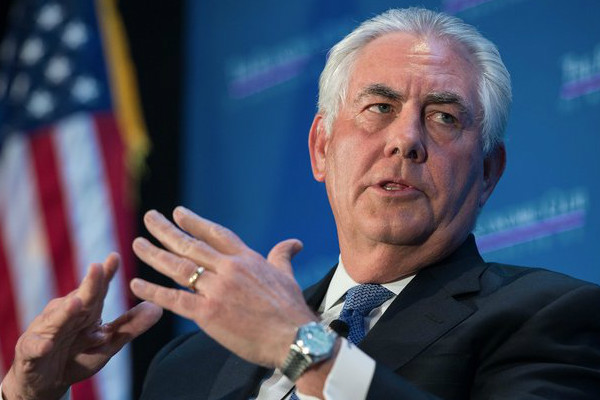

Leave a Reply
Your email address will not be published. Required fields are marked *